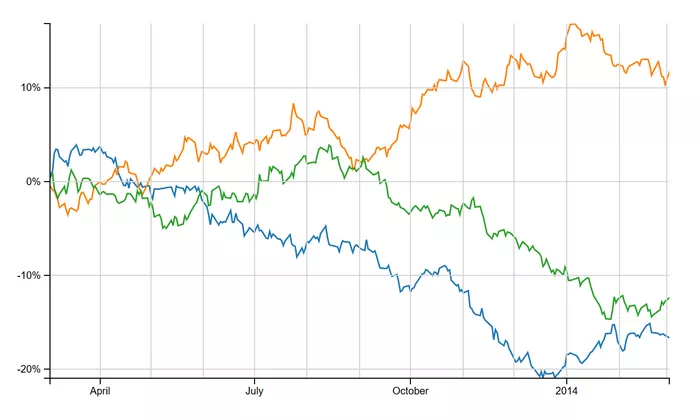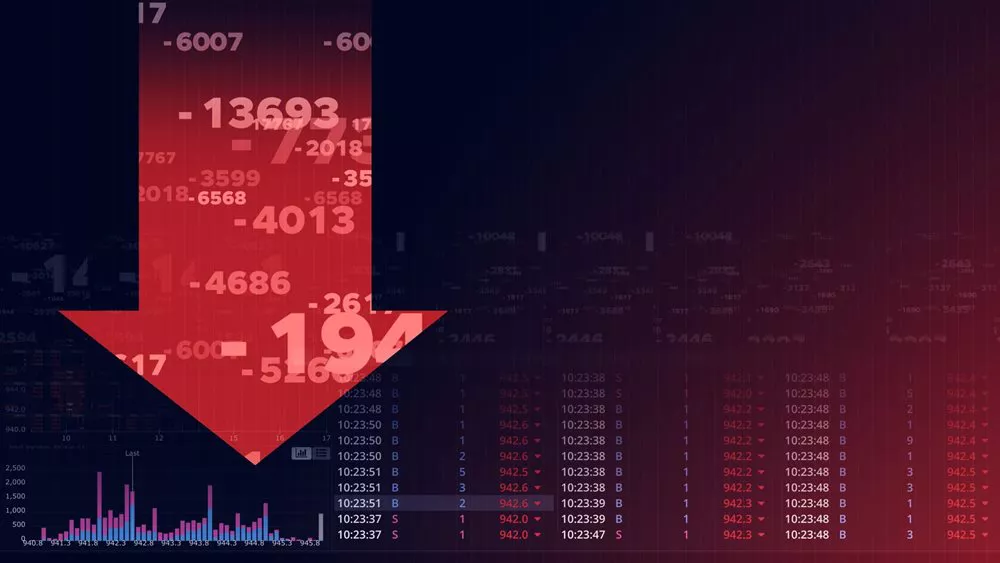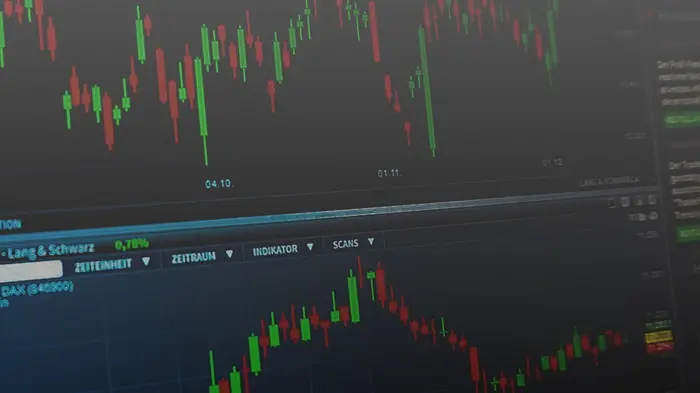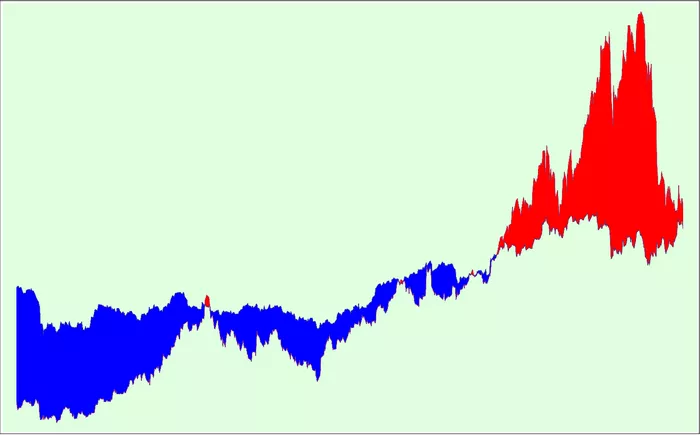Short selling is a strategy used by traders and investors to profit from an expected decline in the price of a security, such as a stock. It involves borrowing shares of a stock from a broker and selling them at the current market price with the intention of buying them back later at a lower price. If successful, short selling can yield profits as the stock declines. However, if the stock price increases, the short seller may incur significant losses.
In this article, we will explore how to short European stocks, providing a detailed, step-by-step guide on how to implement this strategy in the European stock markets. We’ll also discuss the risks involved and the specific considerations that traders should be aware of when shorting stocks in Europe.
What is Short Selling?
Definition of Short Selling
Short selling involves borrowing shares from a broker or another investor, selling those shares in the market, and then buying them back later at a potentially lower price. The goal is to buy the shares back at a lower price to return them to the lender, pocketing the difference as profit.
In simple terms:
- Borrow shares of a stock.
- Sell the shares at the current market price.
- Buy back the shares at a lower price.
- Return the shares to the lender.
Why Do People Short Sell Stocks?
Short selling is often used for several reasons:
Speculation: Traders believe that a stock’s price will decline, allowing them to profit.
Hedging: Investors use short selling to offset potential losses in other investments.
Market Sentiment: Negative news or trends can make short selling attractive as a way to capitalize on market pessimism.
The Risks of Short Selling
While short selling can be profitable, it is a risky strategy. The risks include:
Unlimited Loss Potential: If the stock price increases, the potential losses are theoretically unlimited since there is no cap on how high the stock price can rise.
Margin Calls: If the stock price rises significantly, the broker may require additional capital (a margin call) to maintain the short position.
Short Squeeze: A sudden rise in the price of a stock due to heavy buying by other investors can result in a short squeeze, forcing short sellers to buy back the shares at much higher prices.
How to Short European Stocks?
Shorting European stocks requires a combination of technical knowledge, market awareness, and access to appropriate tools. Below is a step-by-step guide to short selling European stocks.
Step 1: Choose a Brokerage Account
To short sell stocks, you need a brokerage account that allows short selling. Not all brokers offer this service, so you must choose one that does. Look for a broker with the following features:
Margin Account: A margin account allows you to borrow money or securities from the broker to short sell.
Access to European Markets: The broker should provide access to European stock exchanges, such as the London Stock Exchange (LSE), Euronext, or Frankfurt Stock Exchange.
Low Fees: Short selling often involves borrowing shares, which comes with costs. Ensure the broker has competitive fees for borrowing stocks and executing trades.
Risk Management Tools: Brokers with advanced trading platforms offer risk management tools like stop-loss orders and margin alerts.
Step 2: Research the Stock
Before shorting a stock, thorough research is essential to assess whether it is likely to decline. Some of the key factors to consider include:
Fundamental Analysis: Look at the company’s financial health, earnings reports, debt levels, and growth prospects. Stocks of companies facing financial difficulties or declining earnings are often candidates for short selling.
Technical Analysis: Study stock price charts, moving averages, and other indicators to identify trends and potential price declines.
Market Sentiment: Follow news and industry trends. Negative news, such as management issues, regulatory challenges, or economic downturns, can signal a good short-selling opportunity.
Short Interest Ratio: This ratio shows how many shares are currently shorted relative to the total available shares. A high short interest could indicate a high level of pessimism in the stock and may lead to further downward pressure on the stock price.
Step 3: Borrow Shares to Short
Once you have selected a stock to short, the next step is borrowing the shares. Most brokers offer an automatic borrowing service as part of their margin accounts. The process involves:
Requesting Shares: The broker will check whether the stock is available to borrow. Highly liquid stocks are easier to borrow than illiquid ones.
Paying Borrowing Fees: The broker may charge a fee for borrowing the shares, which is typically a percentage of the total value of the short position.
Step 4: Place the Short Sale Order
After borrowing the shares, you can place a short sale order. This is similar to a regular stock trade, except you are selling shares that you do not own. There are two main types of short sale orders:
Market Order: This order sells the stock at the best available price in the market.
Limit Order: This order sells the stock at a specific price or better. A limit order can help ensure that you are not selling the stock for less than you are willing to accept.
Step 5: Monitor Your Short Position
Once the short sale is executed, you must monitor your position carefully. Keep an eye on the stock’s price movements, news about the company, and broader market conditions. You should have a clear exit strategy in place, such as setting a stop-loss order to limit potential losses if the stock price moves against you.
Step 6: Buy Back the Shares (Covering the Short)
When the stock price declines as expected, it’s time to “cover” your short position. This means buying back the shares you borrowed at the lower price and returning them to the broker. The difference between the selling price and the repurchase price is your profit (minus any borrowing fees or transaction costs).
Step 7: Return the Shares to the Lender
After buying back the shares, you must return them to the lender. The broker will typically handle this automatically as part of the short sale process.
Key Considerations for Shorting European Stocks
Understanding European Stock Exchanges
European stocks are traded on various exchanges, each with its own rules and regulations. Some of the major European stock exchanges include:
London Stock Exchange (LSE): One of the world’s largest exchanges, the LSE lists stocks from the UK and international companies.
Euronext: Euronext operates multiple exchanges across Europe, including in Amsterdam, Brussels, Lisbon, Paris, and Dublin.
Frankfurt Stock Exchange (FSE): Located in Germany, the FSE is home to many of Europe’s largest corporations.
Each of these exchanges has its own market conditions and liquidity profiles, so it’s important to understand the specific rules and regulations for short selling on the relevant exchange.
Regulations on Short Selling in Europe
European regulators have placed certain restrictions on short selling to prevent excessive market volatility. Some of the key regulations include:
Ban on Naked Short Selling: This prevents traders from shorting stocks without borrowing the shares first.
Disclosure Requirements: In some European countries, traders must disclose their short positions once they reach a certain threshold (typically 0.5% or more of a company’s shares outstanding).
Temporary Bans During Crises: In times of market instability, regulators may temporarily ban short selling on specific stocks or sectors to reduce market panic.
Taxes on Short Selling in Europe
Taxes on short selling can vary depending on the country. Some key considerations include:
Capital Gains Tax: Profits from short selling are typically subject to capital gains tax. The rate depends on the country in which you are trading.
Dividend Payments: If you short a stock that pays dividends, you are responsible for paying the dividend to the lender, which can reduce your profits.
Transaction Taxes: Some European countries, such as France and Italy, impose a tax on financial transactions, which could affect the cost-effectiveness of short selling.
Currency Risk When Shorting European Stocks
If you are a non-European investor, you will also need to consider currency risk when shorting European stocks. Since stocks in European markets are typically priced in euros (EUR), any changes in the EUR/USD exchange rate could affect your profits or losses. It is important to keep track of the currency market and consider hedging your currency risk if necessary.
Conclusion
Short selling European stocks can be a profitable strategy if executed properly, but it requires a solid understanding of the market and the risks involved. By carefully selecting stocks, conducting thorough research, and using proper risk management techniques, you can increase your chances of success in short selling. Always be aware of the regulations, taxes, and currency risks that may impact your short-selling strategy in European markets.
Remember that short selling is not for everyone, and the potential for significant losses is high. Ensure that you have a clear understanding of the strategy, and always trade with caution.
Related topics:
























